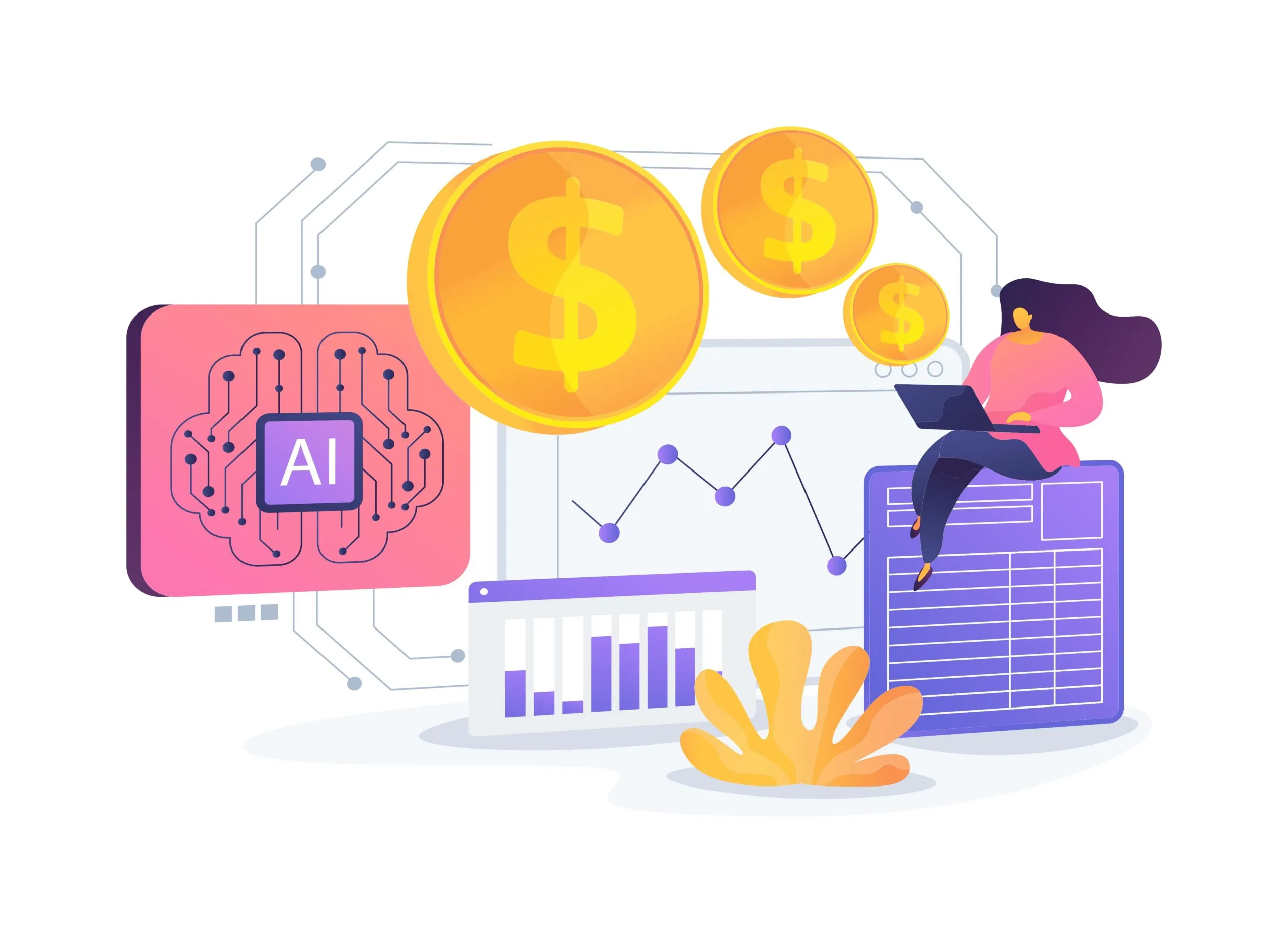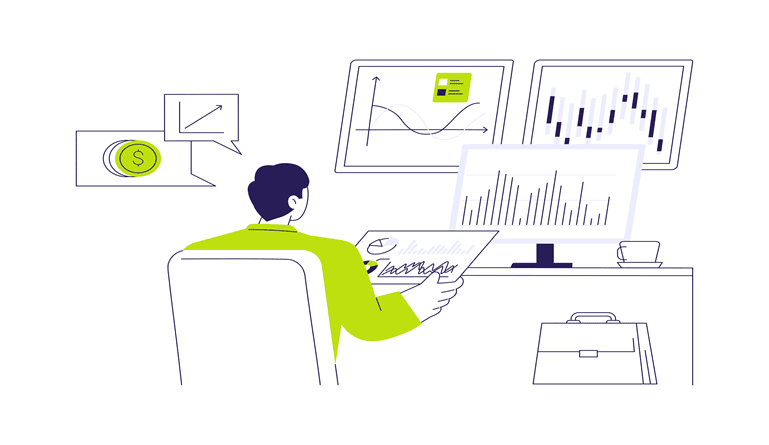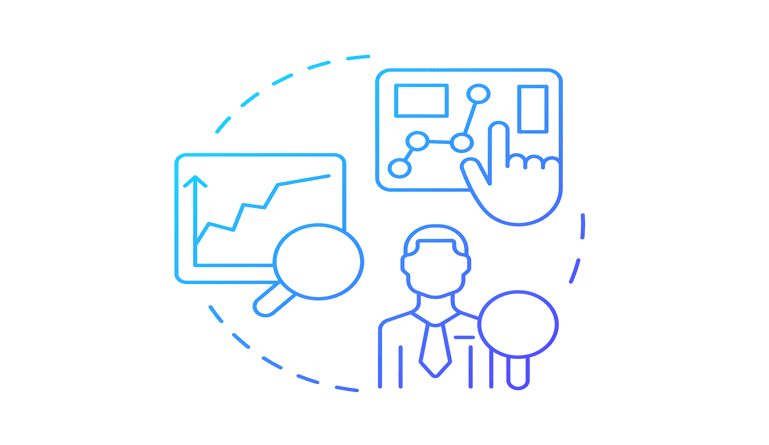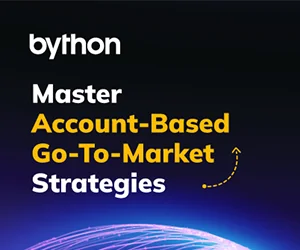Money makes the business world go round, but predicting its flow can be tricky. That’s where financial forecasting comes in. It’s a critical tool that helps companies plan for the future by looking at past and current data to determine what might happen next. Getting these predictions right in today’s fast-paced market can mean the difference between thriving and surviving.
Enter artificial intelligence (AI)—the game-changer revolutionizing how we crunch numbers and peek into the financial crystal ball. This ultimate guide will walk you through the ins and outs of using AI for financial forecasting.
Why Use AI for Financial Forecasting?
Traditional financial forecasting relied on spreadsheets, gut feelings, and manual number-crunching. However, as business landscapes grow more complex and data volumes explode, these methods struggle to keep up. AI steps in as a powerful solution to handle the challenges of modern financial forecasting.
AI excels at processing vast amounts of data quickly and accurately. It spots patterns and trends that human eyes might miss, leading to more precise predictions.
For businesses, this translates to faster, more reliable decision-making. AI can crunch the numbers in minutes or hours rather than the days or weeks needed for manual forecasts, giving companies a competitive edge in fast-moving markets.
Furthermore, AI doesn’t limit itself to historical data. It factors in real-time information, market trends, and external factors like economic indicators or weather patterns. This holistic approach results in more accurate forecasts and is adaptable to changing conditions.
Key Benefits of AI in Financial Forecasting
AI offers several game-changing advantages in financial forecasting.
-
Improved Accuracy
AI algorithms can process and analyze vast amounts of data, leading to more precise forecasts. They identify subtle patterns and correlations humans might overlook, resulting in predictions that closely match real-world outcomes.
-
Faster Data Processing
Time is money in the business world. AI systems can crunch numbers and generate forecasts in a fraction of the time it takes for manual methods. This speed allows companies to respond quickly to market changes and make timely decisions.
-
Enhanced Predictive Capabilities
AI doesn’t just look at historical trends. It can incorporate real-time data, market indicators, and unstructured information like news articles or social media sentiment. This comprehensive approach leads to more nuanced and forward-looking predictions.
-
Reduced Human Error
While human expertise remains valuable, AI eliminates many errors associated with manual data entry and calculations. This consistency in data handling translates to more reliable forecasts over time.
-
Cost Savings
Implementing AI for financial forecasting often leads to significant cost reductions in the long run. These systems streamline processes, reduce the need for large teams of analysts, and reduce time spent on routine forecasting tasks. The improved accuracy of AI-driven forecasts also helps companies avoid costly errors in resource allocation and inventory management.
Unilever, the global consumer goods giant, provides a compelling example of these cost-saving benefits. The company adopted a cloud-based AI system to enhance its financial planning and analysis, consolidating data from various countries into a single platform.
(Also Read: How AI Will Affect Forecasting in Financial Markets )
How AI is Used in Financial Forecasting
AI transforms financial forecasting through various sophisticated techniques and applications. These methods allow businesses to make more accurate predictions and gain deeper insights into their financial future.
-
Time-Series Analysis
AI excels at analyzing time-series data, which is crucial for financial forecasting. Machine learning algorithms can identify complex patterns and seasonal trends in historical financial data and accurately project these patterns into the future.
-
Regression Models
AI-powered regression models go beyond simple linear relationships. They can handle multiple variables and non-linear relationships, providing a more nuanced understanding of how different factors influence financial outcomes.
-
Neural Networks
Deep learning neural networks mimic the structure of the human brain to process vast amounts of financial data. These networks can uncover hidden correlations and make predictions that traditional statistical methods might miss.
-
Natural Language Processing (NLP)
NLP allows AI to analyze unstructured data like news articles, social media posts, and financial reports. This capability helps in sentiment analysis and incorporating qualitative factors into financial forecasts.
In practice, these AI techniques find applications across various aspects of financial forecasting:
- Sales Forecasting: AI models can predict future sales by analyzing historical data, market trends, and external factors like economic indicators or competitor actions.
- Expense Projections: Machine learning algorithms can forecast future expenses by identifying spending patterns and factoring in variables like inflation rates or planned business expansions.
- Cash Flow Analysis: AI tools can provide detailed cash flow forecasts, helping businesses manage their liquidity and plan for future investments or financial needs.
- Risk Assessment: AI models can evaluate potential financial risks by analyzing market data, economic indicators, and company-specific factors, allowing for more informed decision-making.
How to Implement AI in Your Financial Forecasting Model
Integrating AI into your financial forecasting process requires careful planning and execution. Here’s a step-by-step guide to get you started:
-
Assess Your Needs
Before implementing AI, examine your current forecasting processes closely. Identify pain points, bottlenecks, and areas where predictions fall short. Consider your business goals and how AI could help achieve them.
-
Choose the Right AI Tools and Platforms
Selecting appropriate AI tools is crucial for successful implementation. Consider factors like:
- Scalability: Can the tool grow with your business?
- Ease of use: Will your team be able to work with it effectively?
- Integration capabilities: How well does it fit with your existing systems?
- Cost: What’s the total cost of ownership, including implementation and maintenance?
Research different options, read reviews, and don’t hesitate to request vendor demos.
-
Put Your AI Tool Through Its Paces
Once you’ve chosen an AI tool, it’s time to test it rigorously. Set up a controlled environment to compare its performance against your current forecasting methods. Use historical data to see how well the AI predictions match actual outcomes.
-
Start Small and Scale Up
Begin with a pilot project focused on a specific aspect of your financial forecasting. This approach lets you learn from the implementation process and identify early challenges. As you see positive results and gain experience, gradually expand the use of AI to other areas of your financial forecasting.
Best Practices for Effective AI Financial Forecasting
To make the most of AI in your financial forecasting efforts, consider these best practices:
-
Do Go Granular
Leverage AI’s ability to handle detailed data. Break down your forecasts into smaller, more specific components. For example, AI can predict sales by product line, region, or customer segment instead of forecasting overall revenue. This granular approach often leads to more accurate and actionable forecasts.
-
Don’t Build More Models Than Needed
While AI can create complex models, more is sometimes better. Start with simpler models and add complexity only when necessary. Too many models can lead to confusion, conflicting results, and increased maintenance costs. Focus on creating a few robust models that effectively address your critical forecasting needs.
Remember to maintain data quality, regularly retrain your AI models, and integrate human oversight to ensure your forecasts remain relevant and reliable. Set realistic expectations and communicate AI’s role in your forecasting process.
Security Considerations When Using AI for Financial Forecasting
Data security is crucial when using AI for financial forecasting. Financial data is sensitive, and its misuse can have serious consequences. Key risks include data breaches and model manipulation. Companies can prevent these by using strong encryption, as well as to limit system access to essential personnel only.
Regular audits and monitoring can help catch unusual patterns that might signal tampering. It’s also vital to consider data privacy laws like GDPR. Companies must be careful about collecting, using, and storing personal financial data.
Businesses can protect sensitive information by:
- Using secure cloud services
- Training staff on data security
- Keeping software updated
- Preparing a clear incident response plan
Companies can harness AI-powered forecasting while safeguarding their financial data by taking these steps.
Future Trends in AI-Driven Financial Forecasting
Machine learning algorithms are becoming more sophisticated, allowing for increasingly accurate predictions. At the same time, we’re seeing a rise in explainable AI, which helps users understand how forecasts are generated.
Other significant developments include:
- Integration of real-time data for dynamic, adaptive forecasting
- Advanced natural language processing to analyze market sentiment
- Focus on ethical AI practices to reduce bias and ensure fair predictions
- AI handling increasingly complex financial scenarios
These advancements are likely to make AI-driven forecasting tools standard in financial planning. As the technology matures, we can expect more precise, timely, and comprehensive financial insights.
Overcoming Challenges and Limitations of AI in Financial Forecasting
While AI offers powerful forecasting capabilities, it’s not without challenges. Data quality is a significant hurdle. AI models are only as good as the data they’re trained on. Businesses must ensure their data is accurate, complete, and relevant.
Other vital limitations include:
- AI’s struggle with unprecedented events
- Potential for model bias
- The “black box” problem of complex, hard-to-understand AI systems
Companies are developing hybrid models that combine AI with human judgment to address these issues. Regular audits and diverse training data can help mitigate bias. Firms are also working on more transparent AI systems to build trust and meet regulatory requirements.
How AI Enhances Financial Decision-Making
AI-driven forecasting revolutionizes financial decision-making by processing vast data quickly and providing unique insights. This leads to more informed choices across several key areas.
-
Budgeting and Investment Planning
AI can spot spending patterns and suggest areas to cut costs for budgeting. In investment planning, it analyzes market trends and risk factors faster than any human analyst, leading to a more strategic allocation of resources.
-
Risk Management and Adaptability
AI excels in risk management by simulating countless scenarios, helping businesses prepare for various economic conditions. It also enables real-time adaptation to market changes, allowing companies to pivot strategies quickly.
Case Studies: Successful Implementation of AI in Financial Forecasting
Let’s examine how real companies have used AI to improve their financial forecasting.
-
HNTB
HNTB, an infrastructure firm, struggled with Excel-based cash forecasts that took 20 hours weekly to prepare. After adopting HighRadius’ AI system, they boosted forecast accuracy by 40%, streamlined workflows, and enhanced data collection. This led to more reliable financial operations and reduced risks.
-
Netflix
Netflix uses a sophisticated AI model to predict revenue, expenses, and subscriber growth. Their system considers factors like content mix, pricing, and competition. Even during the unpredictable COVID-19 pandemic, Netflix’s forecasts remained accurate, showcasing the power of their AI-driven approach.
-
IBM
IBM helps other large corporations use AI for financial forecasting. Their tools enable clients to spot potential issues early, plan for various scenarios, and make faster, more accurate financial decisions. This demonstrates how AI can revolutionize corporate finance by providing deeper insights and more reliable forecasts.
How to Measure the ROI of AI in Financial Forecasting
Gauging AI’s value in financial forecasting goes beyond basic metrics. You can follow these tips when measuring the ROI of AI:
- Compare forecast accuracy before and after AI adoption
- Monitor time saved on data tasks and resulting cost benefits
- Set realistic benchmarks using your history and industry standards
- Keep tabs on AI performance over time, considering model accuracy and market changes.
Remember, it’s about capturing the full impact of AI on your forecasting process, from direct improvements to broader business benefits.
Final Thoughts: Unlock the Power of AI for Financial Forecasting
AI has revolutionized financial forecasting, offering businesses powerful tools to predict and plan with unprecedented accuracy and speed. It processes vast amounts of data, providing insights that were once out of reach and helping companies adapt quickly to market changes.
Implementing AI requires careful planning, but the benefits are clear. Companies that combine AI insights with human expertise unlock more accurate, efficient, and insightful financial planning. It’s time to embrace more precise, efficient, and insightful financial planning.
FAQs About AI Financial Forecasting
Q. What is AI financial forecasting?
A. AI financial forecasting uses computer algorithms to predict future economic outcomes. It analyzes large amounts of data to spot patterns and make predictions about things like sales, expenses, and cash flow.
Q. Do I need to be a tech expert to use AI for forecasting?
A. No, you don’t need to be a tech wizard. Many AI tools are designed to be user-friendly. However, it helps to have a basic understanding of data analysis and financial concepts.
Q. How accurate is AI forecasting compared to traditional methods?
A. AI forecasts are often more accurate than traditional methods, especially when dealing with large datasets. However, the accuracy depends on the data quality and how well the AI model is set up.








